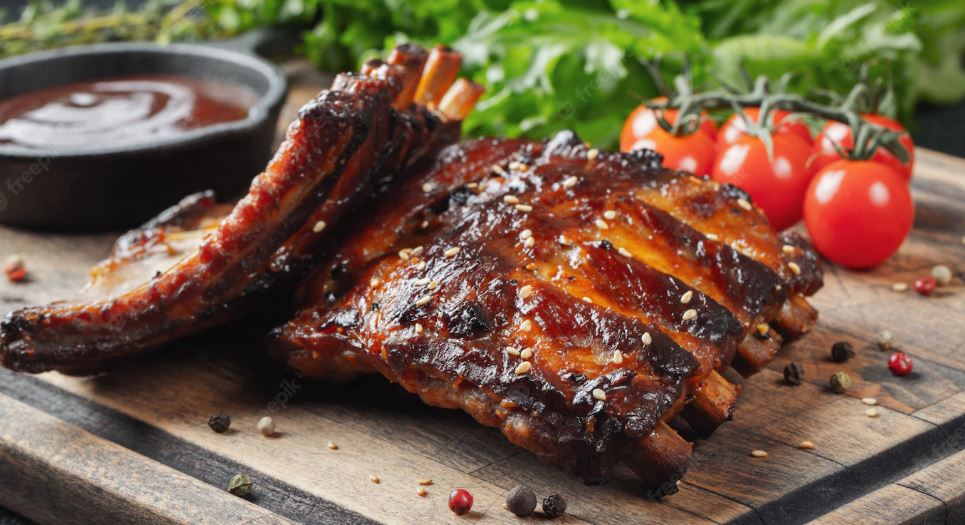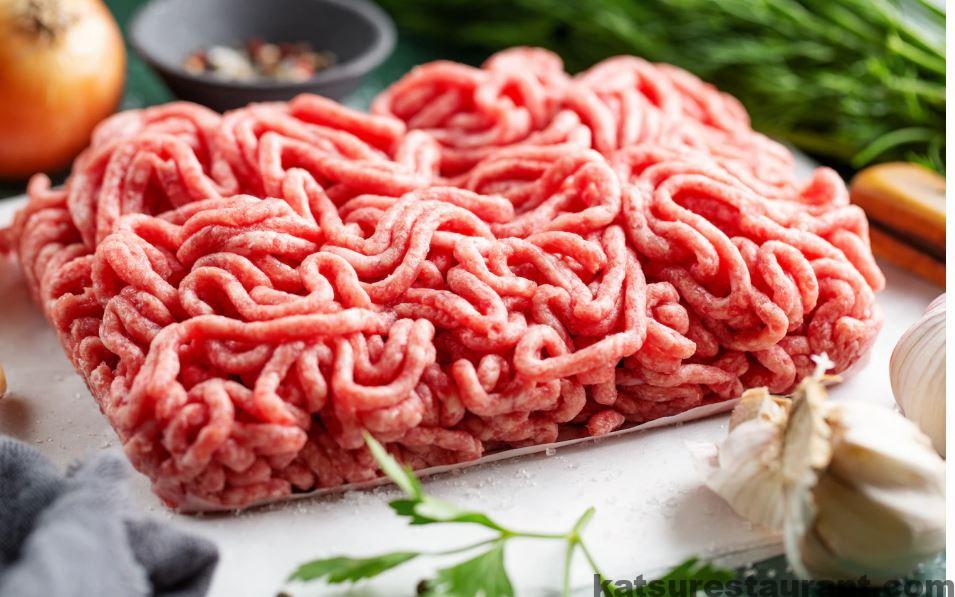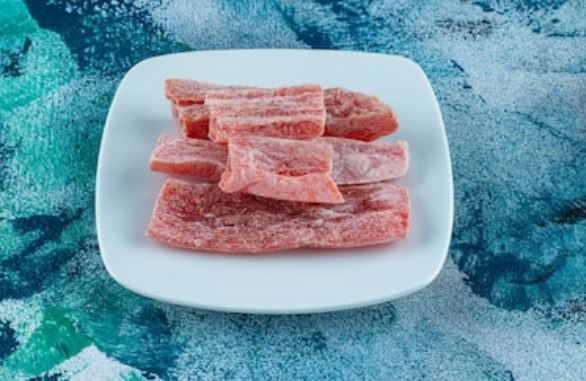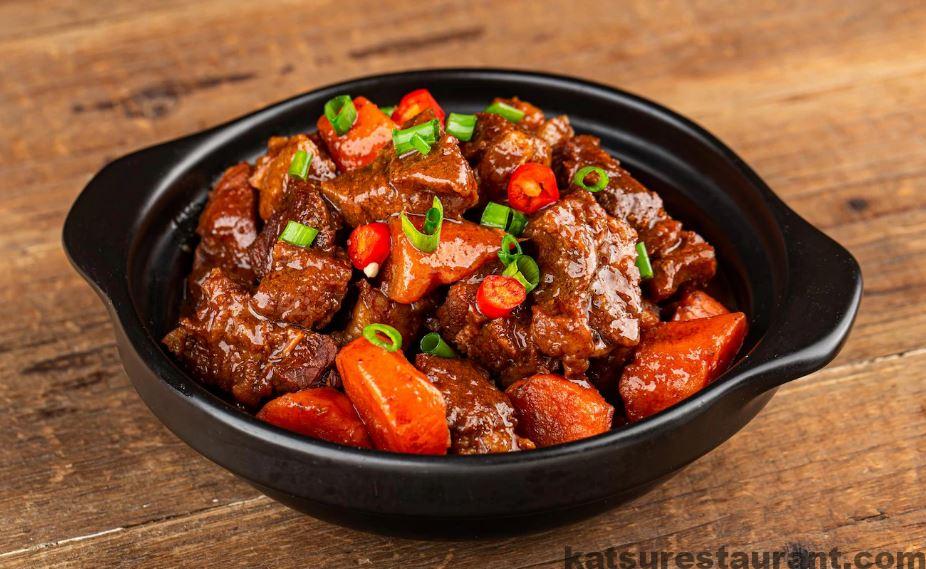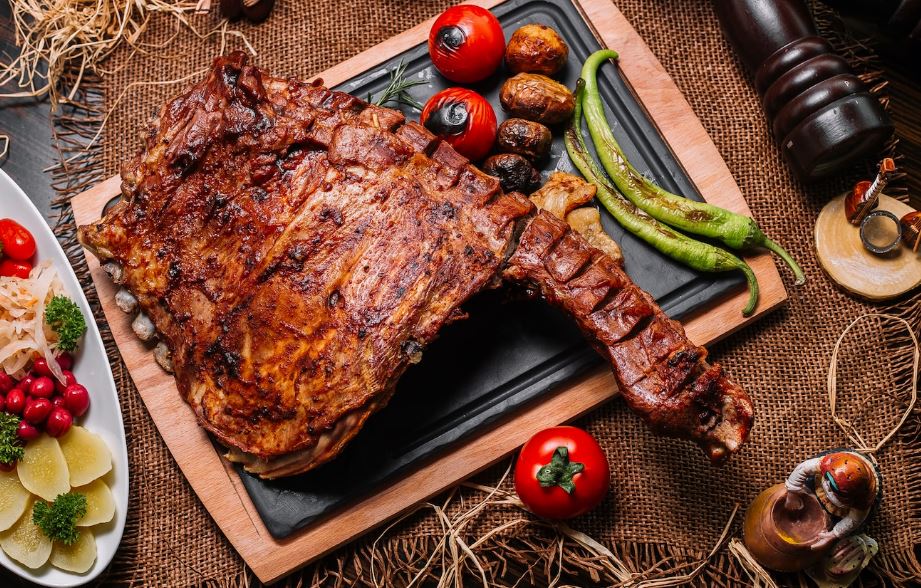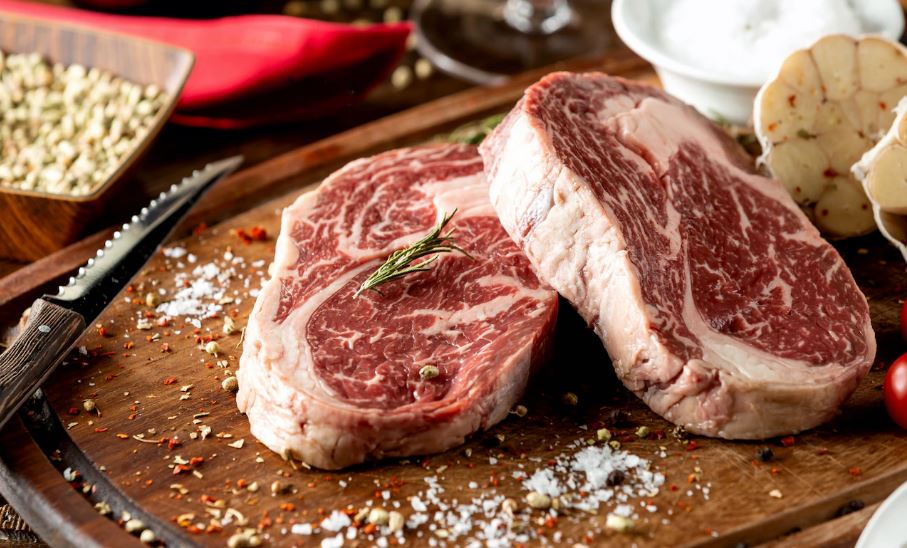Brisket is a staple in home-cooking, but one question that often arises when preparing it is: should you cook it fat side up or down? The debate over this has been going on for some time now and can be quite contentious. Depending on who you talk to, there are strong opinions either way. But the fact of the matter is that both approaches have their merits and drawbacks. In this blog post we will take an unbiased look into both cooking methods to see which provides the best outcome! We’ll consider factors like flavor, texture, and ease of preparation before settling on an answer about whether fat side up or down produces the most succulent brisket. Read on for all your answers!
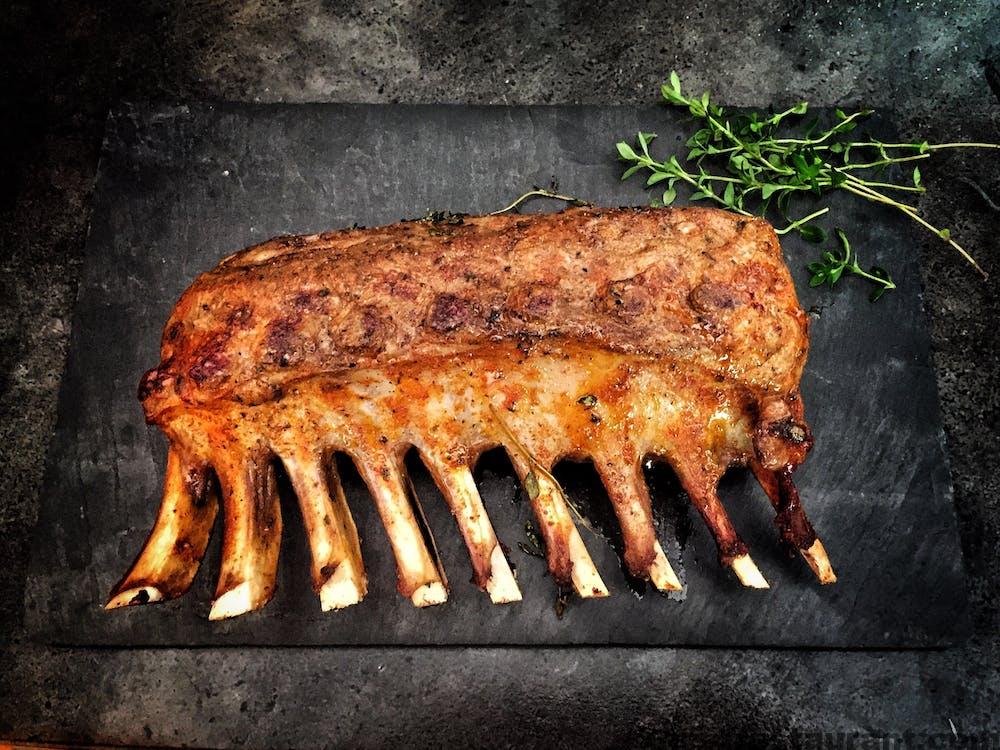
SHOULD YOU SMOKE YOUR BRISKET FAT SIDE UP OR DOWN?
When it comes to cooking a brisket, there are two main schools of thought: fat side up or fat side down. Those who cook the brisket with the fat side up believe that this approach allows for more even heat distribution and helps protect the base of the meat from direct contact with heat. This is beneficial as it prevents the meat from becoming overcooked and dried out. Additionally, the fat layer helps to baste the meat as it cooks, resulting in a juicier, more flavorful brisket.
On the other hand, cooking a brisket with the fat side down does have its advantages as well. This method keeps the fat from dripping onto your fire or heating elements, reducing the risk of flare-ups or burnt fat. Additionally, cooking a brisket with the fat side down creates a barrier between the heat source and your meat. This helps to keep more moisture in the meat and prevents it from becoming too charred or dried out while managing to still crisp up the fat layer nicely on top.
So which technique should you go with when cooking your brisket? Ultimately, it comes down to personal preference and what outcome you are hoping to achieve. If you’re looking for more even heat distribution and juicy, tender meat, then fat side up is likely the way to go. But if you want a crispier surface on your brisket and don’t mind the fat dripping onto your fire, then cooking with the fat side down is likely a better option.
WHAT IS THE BRISKET FAT CAP?
The fat cap is the thick layer of fat that sits atop a brisket. It helps keep moisture in the meat and prevents it from drying out while cooking. The fat also bastes the meat, resulting in more flavorful finished product. Additionally, it helps to protect the bottom of your brisket from direct contact with heat. In other words, the fat cap acts as a sort of insulation, allowing you to cook your brisket more evenly and preventing it from drying out.
SHOULD YOU REMOVE THE BRISKET FAT CAP?
Whether or not you should remove the fat cap when cooking a brisket is largely a matter of personal preference. Some prefer to leave the fat cap intact as it helps to keep moisture in the meat and adds flavor. Others find that removing some of the fat can help to crisp up the surface of the brisket while still keeping it juicy on the inside. Ultimately, the decision is up to you and what outcome you are trying to achieve with your brisket.
In some cases, it may make sense to remove some of the fat cap before cooking – for example, if you want a crispier surface on your finished product. However, it’s important to remember that the fat layer helps to protect the bottom of your brisket from direct contact with heat. Removing too much of it could lead to a dry, overcooked brisket.
If you do decide to remove some of the fat cap before cooking, be sure to leave at least 1/4 inch intact. This should provide enough insulation and fat for a juicy, flavorful brisket. And if you’re ever in doubt, it’s best to err on the side of leaving the fat cap intact. That way, you can be sure that your brisket will turn out just the way you want it!
SHOULD YOU COOK BRISKET FAT SIDE UP OR DOWN?
Whether you should cook your brisket fat side up or down largely depends on the outcome you are hoping to achieve. Cooking with the fat side up helps to keep in moisture and bastes the meat as it cooks, resulting in a juicier, more flavorful finished product. On the other hand, cooking with the fat side down can help to crisp up the fat layer, creating a crunchy texture on top.
Ultimately, it’s up to you which method you choose when cooking your brisket. If you’re looking for more moisture and tenderness in your finished product, then fat side up is likely the way to go. But if you want a crispier surface on your brisket, then cooking with the fat side down may be a better option. No matter which technique you choose, just remember to have patience when it comes to cooking a brisket.
DOES FAT BRAISE BRISKET?
Yes, fat helps to braise brisket as it cooks. As the fat renders and melts away, it bastes the meat and keeps it moist. This helps to create a more tender, juicy finished product. Additionally, the fat layer helps to protect the bottom of your brisket from direct contact with heat and prevents it from drying out. This makes it easier to cook your brisket evenly, resulting in a perfectly cooked feast every time.
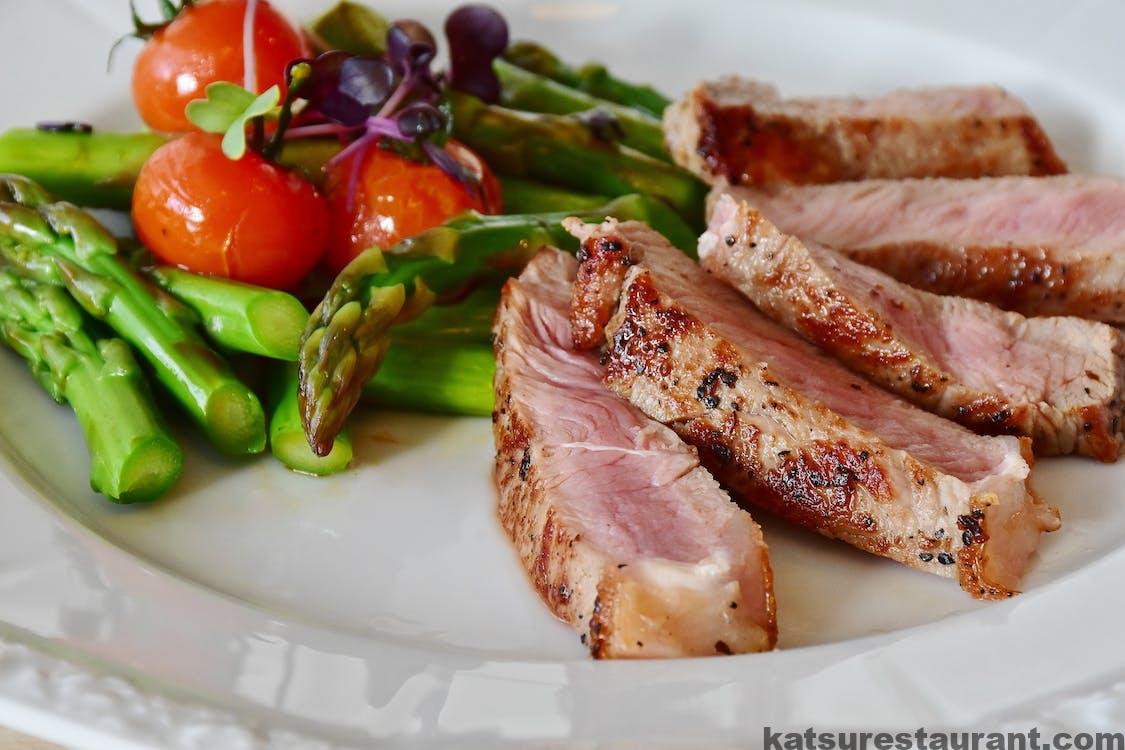
WHY SHOULD YOU COOK BRISKET FAT SIDE DOWN?
Cooking brisket fat side down can help to create a crunchy, crispy surface on your finished product. This is because the fat melts away as it cooks and helps to crisp up the top of the meat. Additionally, cooking with the fat side down helps to protect the bottom of your brisket from direct contact with heat, which can prevent it from drying out. This is especially important when cooking large cuts of brisket that can take a long time to cook.
FAT-SIDE DOWN KEEPS SEASONING ON THE BRISKET WHERE IT BELONGS:
Finally, it’s important to remember that seasonings can get lost when cooking a brisket fat-side up. This is because the fat melts away and washes away some of the flavor as it cooks. When you cook with the fat side down, however, the seasoning remains in place where it belongs – on top of your delicious brisket. This helps to ensure that your brisket is perfectly seasoned and full of flavor.
FAT-SIDE DOWN MAKES YOUR BRISKET LOOK BETTER:
The final reason to cook your brisket fat-side down is that it can make your finished product look better. Cooking with the fat side up often results in a wet, greasy surface on top of the brisket. This can be unappealing and have an adverse effect on the appearance of your barbecue spread. However, when you cook with the fat-side down, the melted fat helps to create a crunchy top which can make your brisket look much better. No matter which method you choose when cooking a brisket, just remember that patience is key.
WHERE’S YOUR HEAT COMING FROM?
It’s important to consider where your heat is coming from when cooking a brisket. If you are using an oven or slow cooker, then fat-side down will be the best way to go. However, if you are cooking with direct flame on a grill or smoker, then fat side up may be better as it helps to keep the meat from drying out.
WHAT THE PROS SAY ABOUT FAT UP OR DOWN:
When it comes to which way the fat should go, even the pros can’t agree. Many believe that cooking with the fat side up helps to keep in moisture and bastes the meat as it cooks. This can lead to a juicier finished product. However, some also argue that leaving the fat side down can help to crisp up the top, creating a crunchy surface on your brisket.
So, whether you cook with fat side up or down depends on what kind of texture and flavor you’re looking for in your finished product. Both techniques can create delicious results – it just comes down to personal preference!
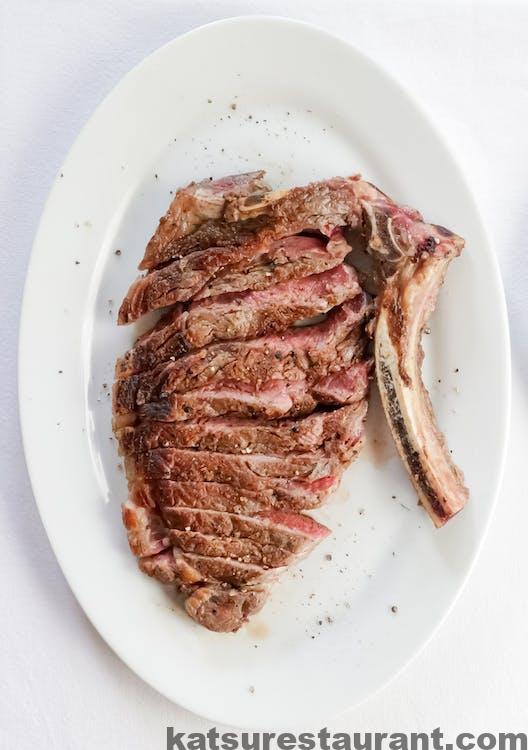
MORE BRISKET TIPS AND TRICKS
HOW TO SMOKE A BRISKET:
Smoking a brisket takes patience and practice. Start by preparing your brisket with your favorite seasonings and rubs, then place it in the smoker fat side down. Make sure to keep an eye on the temperature of the smoker, as you want it to stay between 225-250°F during cooking. You should also pay attention to the internal temperature of the brisket, as it should reach an internal temperature of 195°F before it’s done.
HOW AND WHEN TO WRAP BRISKET:
Wrapping brisket can help to keep in moisture and flavor during the cooking process. Generally, you should wait until your brisket reaches an internal temperature of 165°F before wrapping it. You can wrap your brisket in aluminum foil with some added liquid such as apple juice or beef broth for extra flavor. Make sure to seal the edges so that the moisture stays in, and continue cooking until it reaches an internal temperature of 195°F.
REHEATING BRISKET:
Reheating brisket can be tricky, as you want to avoid drying out the leftovers. The best way to reheat is in a low-heat oven with some added liquid such as beef broth or apple juice. You can also wrap your brisket in aluminum foil to keep the moisture in and reheat it on the grill for a smokier flavor.
HOW TO SLICE A BRISKET:
Slice your brisket against the grain for more tender slices. Start by locating the grain of the meat, which will look like long strings running through the edges of the brisket. Then, make sure your knife is sharp and slice against the grain at a 45° angle for more tender slices.
So, when you’re ready to cook your brisket, remember to put the fat side up. This will help protect the meat from drying out and give you the juicy, flavorful brisket you’re looking for.

